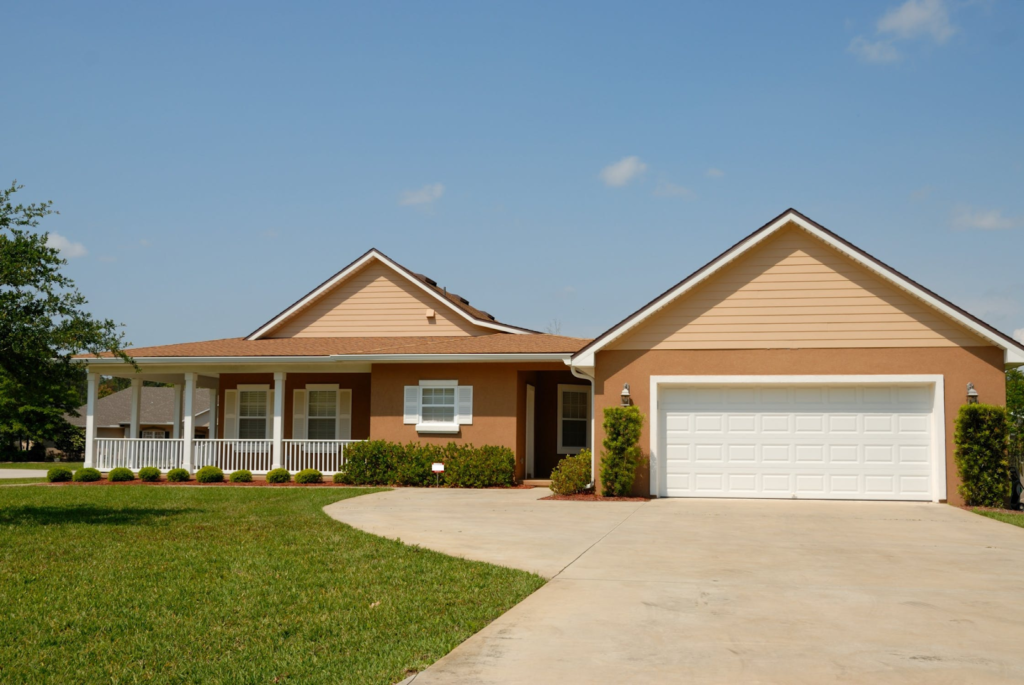Are you lucky enough to have a retractable roof system in your home or business? Retractable roofs are a great addition to any property, providing flexibility and convenience in controlling the amount of sunlight, shade, and airflow. However, to ensure the longevity and functionality of your retractable roof, proper maintenance is key.
In this blog post, we’ll cover retractable roof maintenance 101, signs of a failing retractable roof, what to do when it fails, preventative measures, weather considerations, common motor repairs, and troubleshooting tips.

Got a Retractable Roof System? Here’s How to Keep It Running Smoothly
Nailing the Basics
Regular cleaning and inspection are essential to the proper functioning of retractable roof systems. Cleaning the roof fabric or panels regularly with mild soap and water can help prevent dirt, debris, and moisture buildup. Inspections should be conducted regularly to check for any signs of wear and tear, such as holes or tears in the fabric, cracks or damage to the panels, or rust or corrosion on metal parts.
Additionally, lubricating and tightening the moving parts of your retractable roof can help prevent the motor from overworking and extend the life of your system. Proper lubrication can help reduce friction between moving parts and reduce the risk of damage to the motor. Tightening any loose screws or bolts can help prevent further damage and ensure that all components are secure.
Tells to Watch Out For
There are several signs that your retractable roof system may be failing. These include difficulty in opening or closing the roof, unusual noises, leaks, and tears or damage to the fabric or panels. These issues can be caused by various factors, including normal wear and tear, extreme weather conditions, and improper maintenance.
It’s important to identify and address these issues early on to prevent further damage and ensure the safety of your retractable roof system. Regular inspections can help catch any potential problems early, allowing for repairs to be made before they turn into more significant issues.
So What Do You Do When It Actually Fails?
If you notice that your retractable roof system is failing, there are several steps you can take to address the issue. First, it’s important to safely close the roof manually if necessary. Most retractable roof systems have a manual override function that allows for manual operation in case of a power outage or motor failure.
Once the roof is closed, it’s important to contact a professional for repairs and maintenance. Attempting to repair the system yourself can be dangerous and may cause further damage to the system. These pros are trained to diagnose and repair issues with retractable roof systems, ensuring that the system is restored to proper functioning.

How to Not Let It Happen Again
Preventative measures are key to ensuring the longevity and functionality of your retractable roof system. Regular maintenance and inspections can help catch potential issues early and prevent them from turning into more significant problems. Hiring a professional for regular maintenance and inspections can help ensure that all components of the system are working correctly and that any potential issues are identified and addressed early.
Additionally, taking weather conditions into account when maintaining and operating your retractable roof system can help prevent damage and prolong the life of the system. Extreme weather conditions, such as heavy rain or snow, can cause damage to the system and should be taken into consideration when protecting your retractable roof.
There’s Weather Too
Speaking of weather, it can also have a significant impact on retractable roof systems. Heavy rain or snow can cause damage to the roof fabric or panels, while extreme heat or cold can cause damage to the motor or other components of the system.
Protecting your retractable roof system during extreme weather conditions is essential to ensuring its longevity and proper functioning. Covering the roof with a waterproof cover or tarp during heavy rain or snow can help prevent water or snow from accumulating on the roof and causing damage. Retracting the roof during extreme heat or cold can also help prevent damage to the motor or other components of the system.
These are generally durable but it’s important to note that retractable roof systems are not intended to withstand extreme weather conditions and should be protected as necessary. Taking weather conditions into account when maintaining and operating your retractable roof system can help prevent damage and prolong the life of the system.
Make Sure to Understand the Moving Parts As Well
The motor is a crucial component of retractable roof systems, controlling the movement of the roof and ensuring its proper functioning. There are several types of motors used in retractable roof systems, including electric motors and hydraulic motors.
Regular maintenance and inspections of the motor can help prevent motor-related issues, such as electrical issues or mechanical failures. Common motor-related issues include burnt-out motors, faulty wiring, or mechanical failures. These issues can be caused by various factors, including normal wear and tear, improper maintenance, or electrical issues.
If you notice any motor-related issues with your retractable roof system, it’s important to seek professional assistance. Attempting to repair the motor yourself can be dangerous and may cause further damage to the system. Professional motor and hydraulic technicians are trained to diagnose and repair motor-related issues, ensuring that the system is restored to proper functioning.
Troubleshooting 101
On top of motor-related issues, retractable roof systems may experience other common issues, such as fabric or panel tears, motor malfunctions, or electrical issues. Troubleshooting these issues can help prevent further damage and ensure the safety of your retractable roof system.
If you notice any tears or damage to the fabric or panels, it’s important to address the issue as soon as possible. Small tears or damage can often be repaired with a patch, while larger tears or damage may require the replacement of the fabric or panels.
Motor malfunctions or electrical issues can be caused by various factors, including normal wear and tear, improper maintenance, or electrical issues. Troubleshooting these issues may involve checking the wiring or replacing the motor, depending on the specific issue.
Conclusion
Proper maintenance is key to ensuring the longevity and proper functioning of your retractable roof system. From regular cleaning and inspections to taking weather conditions into account, understanding the ins and outs of retractable roof maintenance can help prevent issues and ensure the safety of your system.
It’s important to take the time to educate yourself on proper maintenance practices and to seek professional assistance when necessary. Don’t wait until it’s too late to address issues with your retractable roof system. Take action today to ensure the longevity and functionality of your investment.
